Picking up from my previous article, here are some unique considerations a man should be aware of when carrying concealed in dress clothes:
Jackets:
“Just put a jacket over it” is a common ‘solution’ to concealed carry, without understanding how to optimize the jacket for concealment.
First, it goes without saying that suit jackets should, whenever possible, be tailored to you while wearing your pistol (or an equivalent blue gun). This will ensure that you get the most flattering silhouette possible without the jacket being either overly tight and causing printing or being unnecessarily loose.
Jacket vents also need to be accounted for. Double vents are the most versatile and popular, but they can pose a challenge if carrying on or behind the hip. The vent can easily pull open exposing the pistol. So for those who prefer hip carry, either single or unvented jackets are preferable.
There’s an old bodyguard trick most are unaware of. You can take a suit jacket or sports coat to a good tailor, have them remove the sleeves, and reattach them rotated forward instead of hanging straight down. This offers the wearer more mobility when his arms are outstretched (like in a shooting stance). Anyone who rides motorcycles will be familiar with this, since it’s similar to how riding jackets are cut.
Trousers::
It’s critical to remember that dress pants are normally made of a much finer, and thinner material than casual jeans and chinos. This means that not only will the pockets be less tolerant of things like pocket clips, but that the fabric itself will be much more prone to printing.
Dress pants generally have fewer belt loops as well and the individual loops themselves aren’t going to be as robust given the fabrics used. It’s not uncommon for serious pistoleros to have extra belt loops added to support the belt, holster, and pistol. This also allows the wearer to reposition the loops for optimal holster placement.
Just as with the jacket, the cut of the trouser can either help or hinder concealment. Overly tailored pants will pull tight and print more obviously, and if they’re too loose then the weight of the carry rig will be supported exclusively by the belt instead of the pants hugging the holster against the body, and the belt merely anchoring it in place.
Shoes:
Shoes can pose a real challenge. Vibram soles are popular for traction, but they’re chunky, rugged, and generally look out of place paired with dress clothes. Leather soles are more traditional, but it’s very easy to slip. The Dainite sole is a great compromise. It’s a relatively thin, studded rubber sole that can be easily added to most recraftable boots & shoes.
Belts: :
 When it comes to dress clothes, leather belts are a must. The trick being that heavy, double stitched leather gun belts are generally much thicker & chunkier than what’s commonly seen. The good news is that for inside the waistband carry, there isn’t the same need for the hula hoop gun belts as for OWB holsters. A decent, well constructed leather belt (one that cost more than $40 at a department store) should do everything asked of it and still not draw unnecessary attention.
When it comes to dress clothes, leather belts are a must. The trick being that heavy, double stitched leather gun belts are generally much thicker & chunkier than what’s commonly seen. The good news is that for inside the waistband carry, there isn’t the same need for the hula hoop gun belts as for OWB holsters. A decent, well constructed leather belt (one that cost more than $40 at a department store) should do everything asked of it and still not draw unnecessary attention.
Accessories:
Two of the biggest tells that advertise “concealed carrier” are watches and sunglasses. The goal is to have a cohesive look that doesn’t deviate from the norms people expect to see. Wrap-around, sports style sunglasses and digital watches are perfect companions for athletic activities but aren’t appropriate for more formal situations. Even if ballistic eye protection is desired, there are several brands that offer impact rated lenses in classically styled frames. As for the watch, a simple analog dive watch on a bracelet can be had for less than $200. It’s still durable enough to not need babying and can transition seamlessly from casual to dressy.
Read the full article here

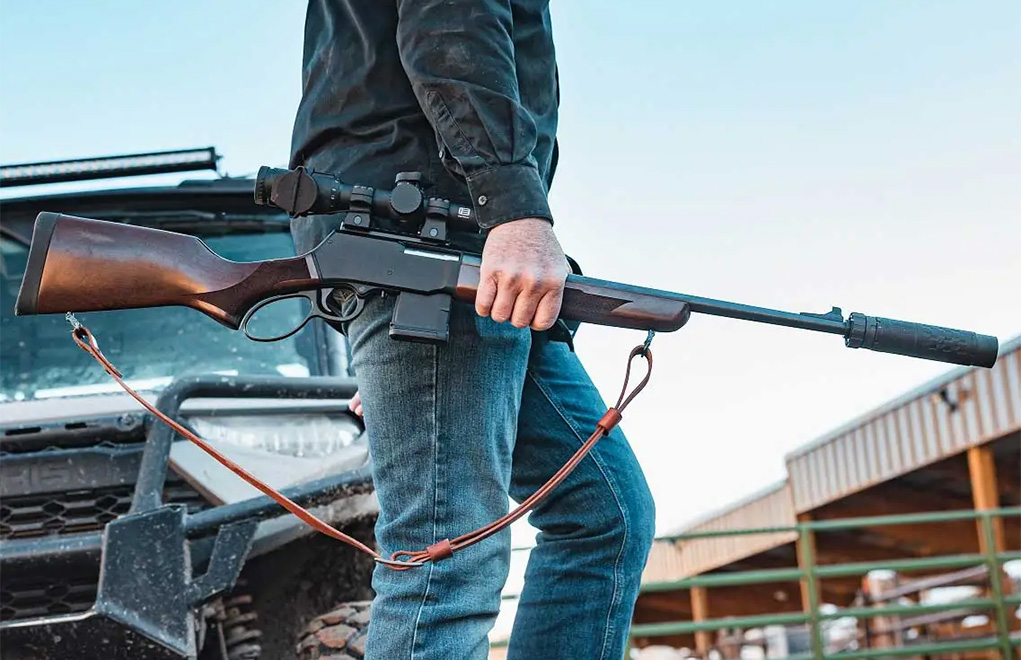










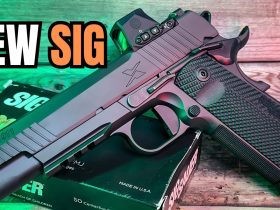
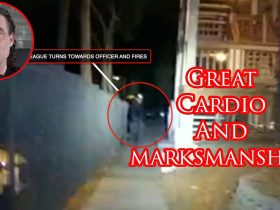
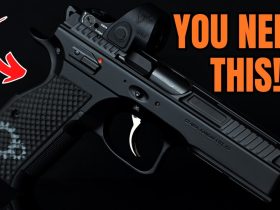

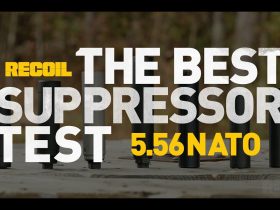

Leave a Reply